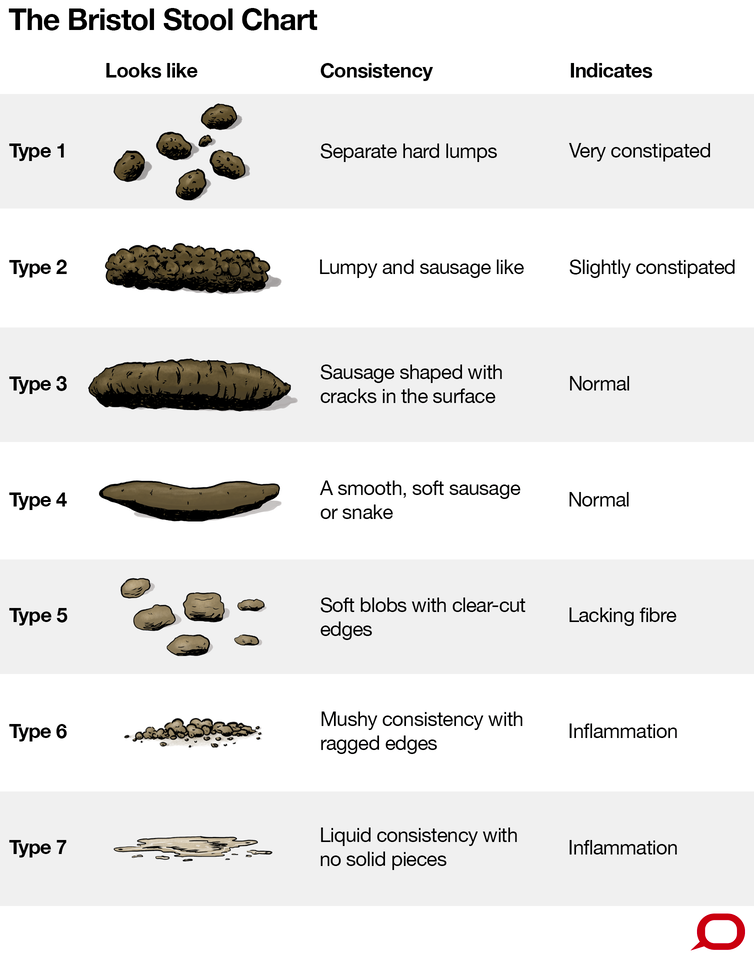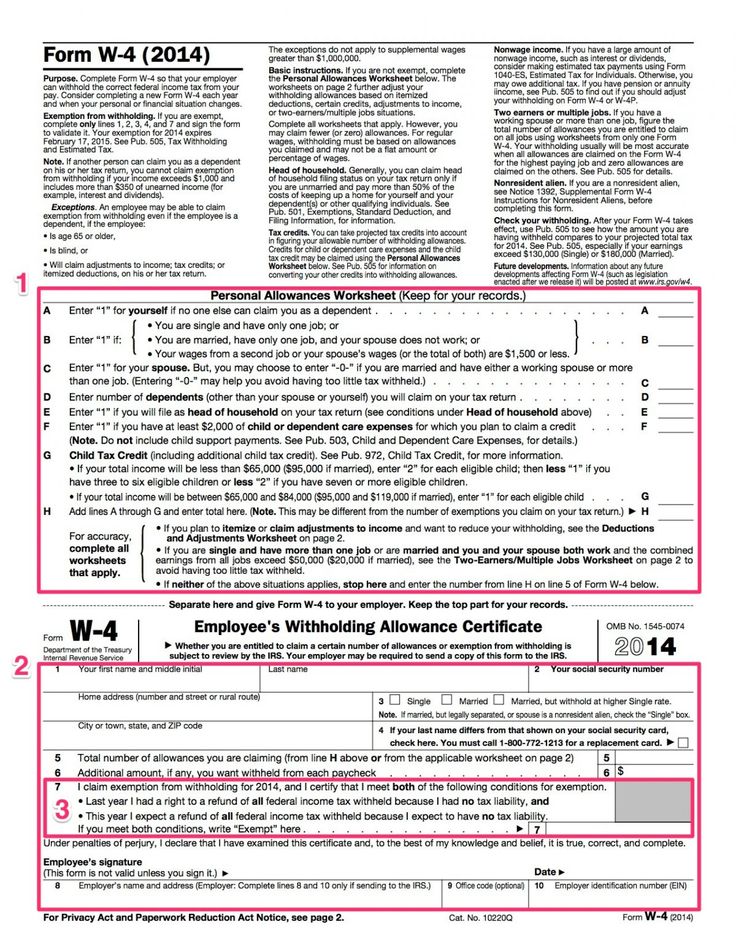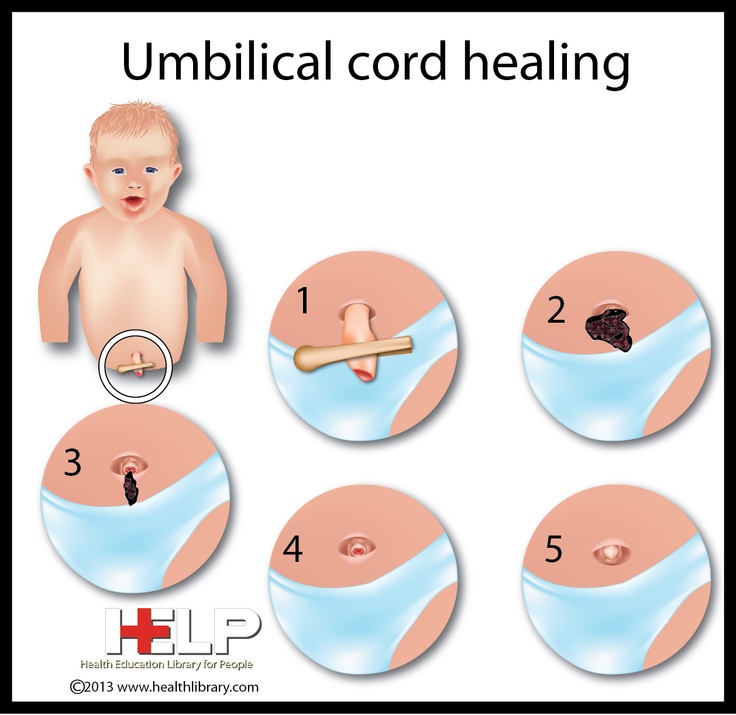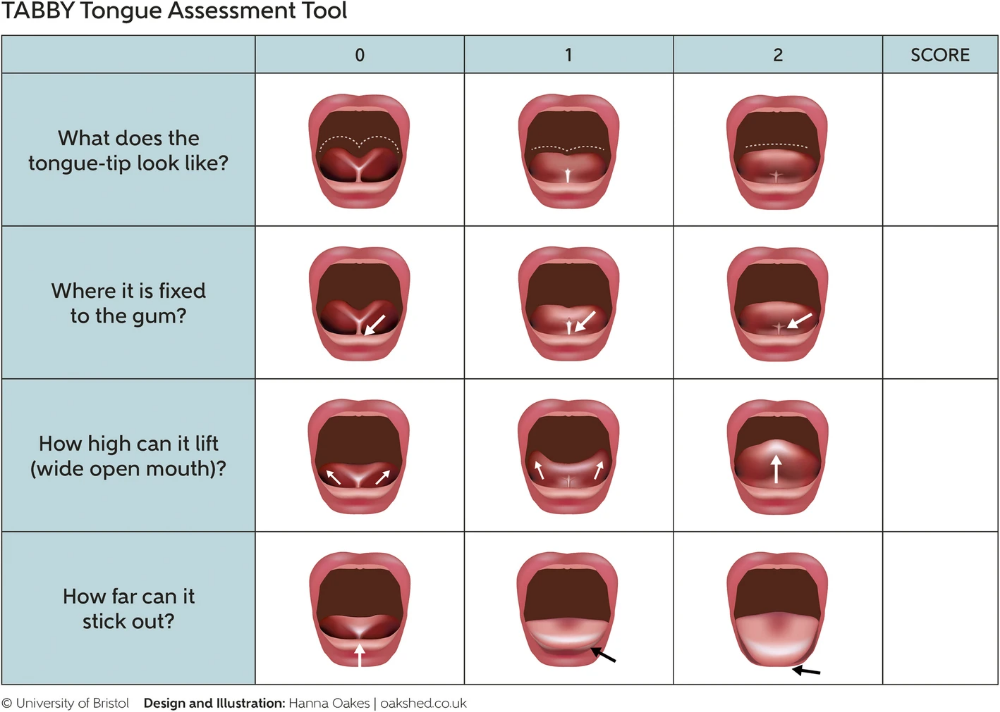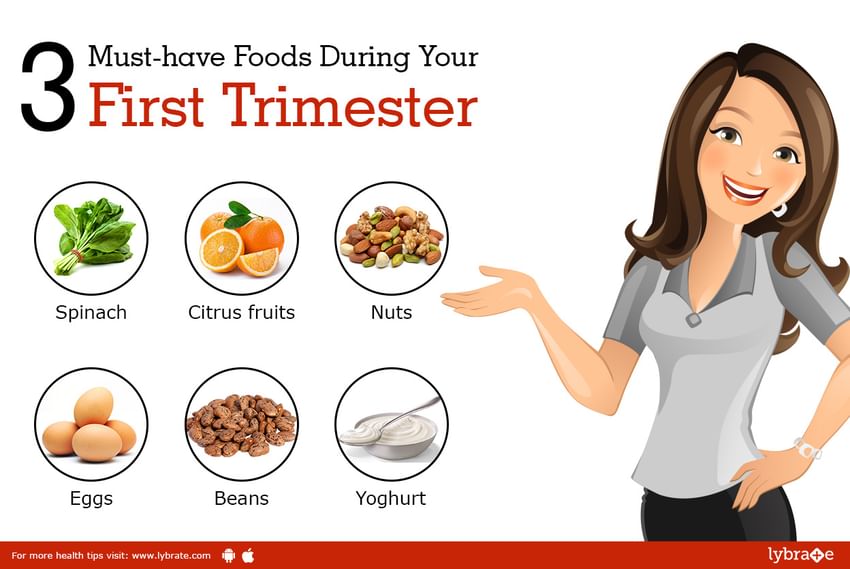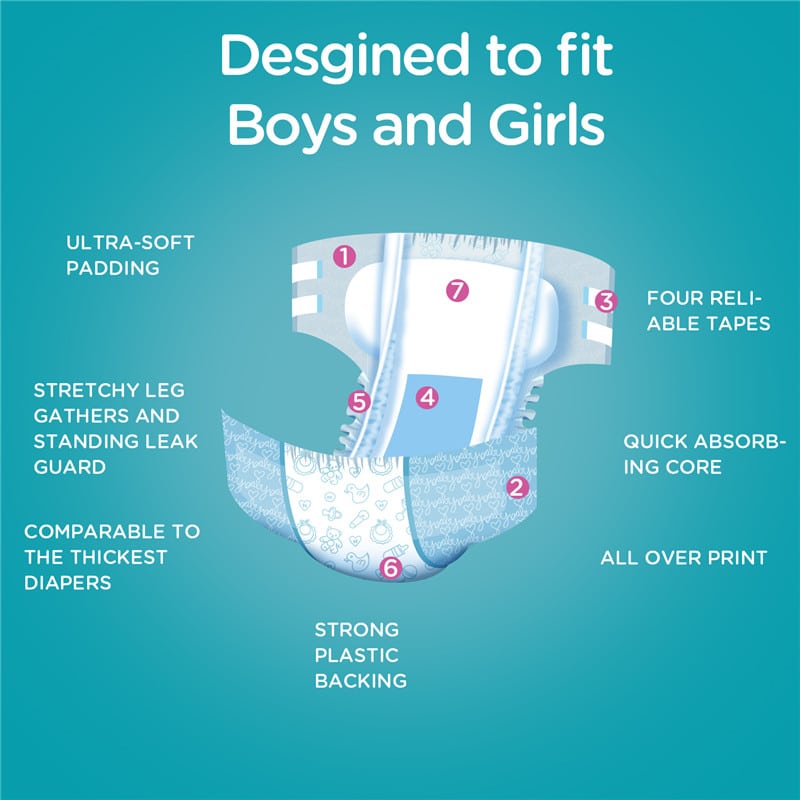Average 10 week old baby weight
Average baby weight: Chart and development
Weight is one indicator of good nutrition and physical development. It can therefore be helpful to know about babies’ average weight month by month.
First, it is worth noting that average weight is not “normal” weight. Just like adults, babies come in all shapes and sizes. If a baby’s weight is in a lower percentile, this does not necessarily signal a problem with their growth or physical development. With this in mind, using a weight chart can help a person generally track their baby’s growth.
The Centers for Disease Control and Prevention (CDC) recommend using the World Health Organization (WHO) weight chart for babies up to 2 years of age.
This article describes the average weight of a baby month by month from birth. It also explores what can affect a baby’s weight.
According to the WHO, the average birth weight of a full-term male baby is 7 pounds (lb) 6 ounces (oz), or 3.3 kilograms (kg). The average birth weight of a full-term female is 7 lb 2 oz, or 3. 2 kg.
The average weight of a baby born at 37–40 weeks ranges from 5 lb 8 oz to 8 lb 13 oz. This is 2.5 to 4 kg.
At delivery, experts consider a low birth weight to be less than 5 lb 8 oz, or 2.5 kg.
It is common for babies to lose around 10% of their weight shortly after birth. This decrease is mostly due to fluid loss and usually nothing to worry about. Most babies gain back this weight within 1 week.
Weight charts can help a person tell what percentile their baby’s weight falls into. For example, if their weight is in the 60th percentile, it means that 40% of babies of the same age and sex weigh more, and 60% of these babies weigh less.
This does not necessarily mean that any baby weighs too much or too little. It can simply indicate where a baby’s weight falls on a spectrum.
The chart below shows baby weights in the 50th percentile. This is the average weight. Male babies tend to weigh a little more than female babies, so the chart is divided by sex.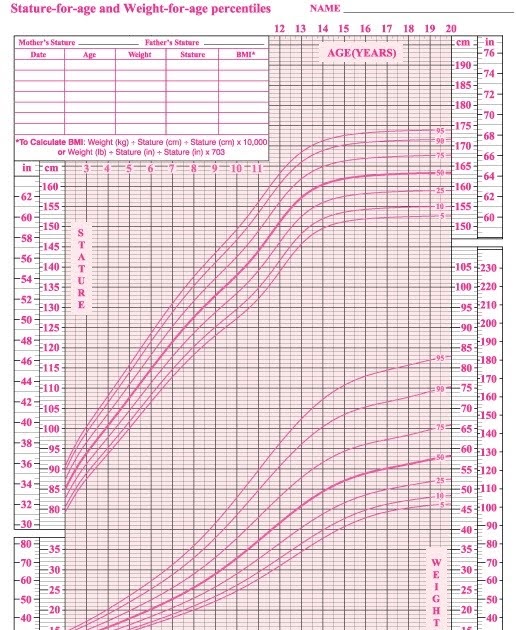
| Baby age | Female 50th percentile weight | Male 50th percentile weight |
| Birth | 7 lb 2 oz (3.2 kg) | 7 lb 6 oz (3.3 kg) |
| 1 month | 9 lb 4 oz (4.2 kg) | 9 lb 14 oz (4.5 kg) |
| 2 months | 11 lb 5 oz (5.1 kg) | 12 lb 4 oz (5.6 kg) |
| 3 months | 12 lb 14 oz (5.8 kg) | 14 lb 1 oz (6.4 kg) |
| 4 months | 14 lb 3 oz (6.4 kg) | 15 lb 7 oz (7.0 kg) |
| 5 months | 15 lb 3 oz (6.9 kg) | 16 lb 9 oz (7.5 kg) |
| 6 months | 16 lb 1 oz (7.3 kg) | 17 lb 8 oz (7.9 kg) |
| 7 months | 16 lb 14 oz (7.6 kg) | 18 lb 5 oz (8.3 kg) |
| 8 months | 17 lb 8 oz (7.9 kg) | 18 lb 15 oz (8.6 kg) |
| 9 months | 18 lb 2 oz (8.2 kg) | 19 lb 10 oz (8.9 kg) |
| 10 months | 18 lb 11 oz (8.5 kg) | 20 lb 3 oz (9.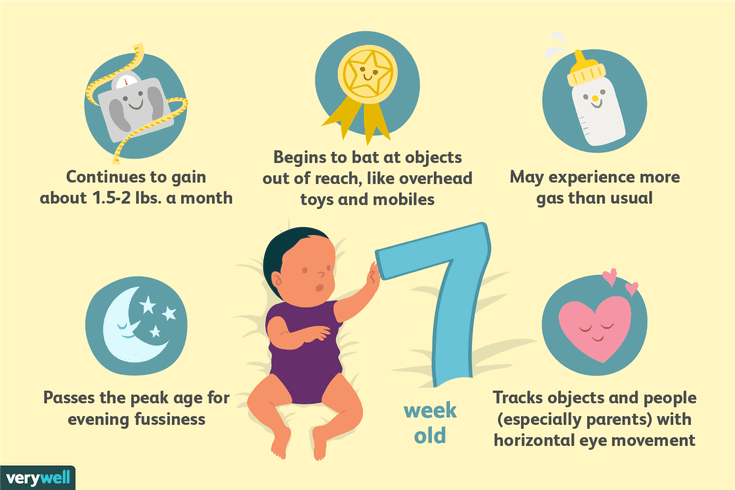 2 kg) 2 kg) |
| 11 months | 19 lb 4 oz (8.7 kg) | 20 lb 12 oz (9.4 kg) |
| 12 months | 19 lb 12 oz (8.9 kg) | 21 lb 4 oz (9.6 kg) |
Babies grow and gain weight the fastest within the first 6 months of life. Although this can vary, babies tend to gain around 4–7 oz, or 113–200 grams (g), per week in the first 4–6 months.
Weight gain then slows slightly, with an average gain of around 3–5 oz (about 85–140 g) per week when the baby is 6–18 months. On average, babies triple their birth weight by their first birthday.
Growth patterns do not follow a clear schedule, however.
Some babies gain weight steadily and stay in the same percentile, or close to it, for several months. Others gain weight rapidly, signalling a growth spurt, which can happen at any time. This may move a baby into a new weight percentile.
It is important not to focus on weight as the only indicator of physical development. Other measurements of this development include the baby’s length and head circumference.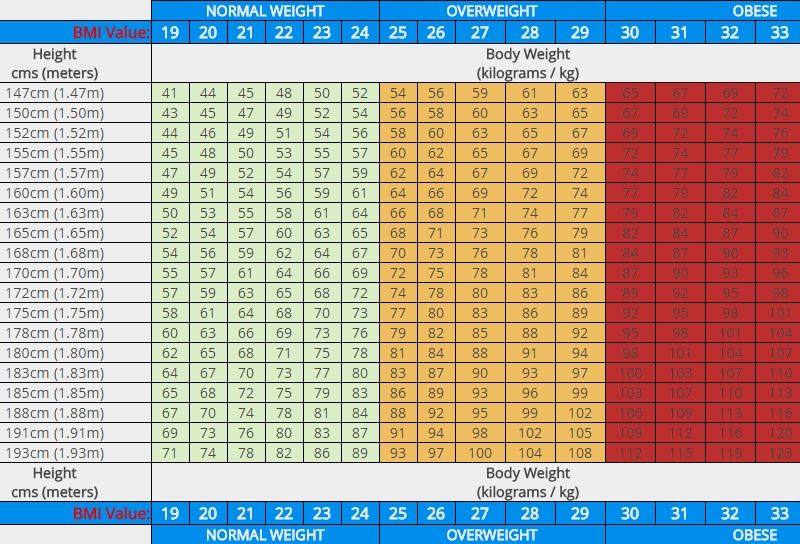
Considering all three measurements gives doctors an idea about how the baby is growing, compared with other babies of the same age and sex.
Meanwhile, it is also important to keep other developmental milestones in mind. Various checklists of milestones by age are available, including one from Pathways.org, which is endorsed by organizations such as the American Academy of Pediatrics and the National Association of Pediatric Nurse Practitioners.
For anyone looking for more information about what influences the weight of a baby, several factors can be involved, including:
Sex
Male newborns tend to be bigger than female newborns, and they typically gain weight a little faster during infancy.
Nutrition
Weight gain and growth rates can also depend on whether the baby consumes breast milk or formula.
The American Academy of Pediatrics notes that breastfed babies gain weight and grow faster than formula-fed babies during the first 6 months.
However, that rate can shift during the next 6 months. Breastfed babies may gain weight and grow more slowly than formula-fed babies when they are aged 6 months to 1 year.
Breastfed babies may gain weight and grow more slowly than formula-fed babies when they are aged 6 months to 1 year.
Medical conditions
Underlying health issues can cause a baby to gain weight more slowly. For example, babies with congenital heart irregularities may gain weight at a slower rate than babies without this condition.
Health issues that affect nutrient absorption or digestion, such as celiac disease, may also lead to slow weight gain.
Prematurity
Babies born prematurely may grow and gain weight more slowly during their first year than babies born at full term.
However, many babies born prematurely gain weight rapidly and “catch up” by about their first birthday.
The average birth weight for full-term male babies is 7 lb 6 oz, or 3.3 kg. For female babies born full-term, the average birth weight is 7 lb 2 oz, or 3.2 kg.
Baby weight charts can help a healthcare team track a baby’s physical development by comparing the baby’s weight with the weights of others of the same age and sex.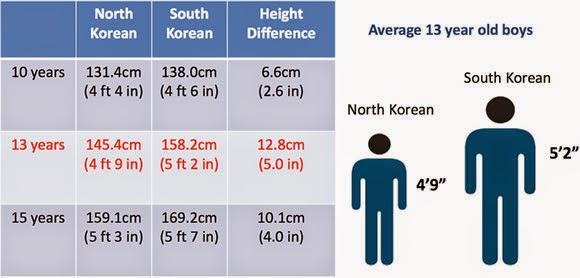
Still, a doctor usually looks for steady growth, rather than a target percentile, when assessing a baby’s physical development. And even if a baby’s weight is in a lower percentile, they will not necessarily be a small adult — just as longer babies do not necessarily become tall adults.
Knowing about average weights by month can help people gauge their babies’ physical development, but doctors also look for other important indicators, such as length and head circumference.
Healthcare professionals also take into account whether a baby is generally hitting other milestones on time. And by taking a detailed medical history, they can rule out any medical conditions or nutritional considerations that may be preventing a baby from gaining weight appropriately.
Average baby weight: Chart and development
Weight is one indicator of good nutrition and physical development. It can therefore be helpful to know about babies’ average weight month by month.
First, it is worth noting that average weight is not “normal” weight.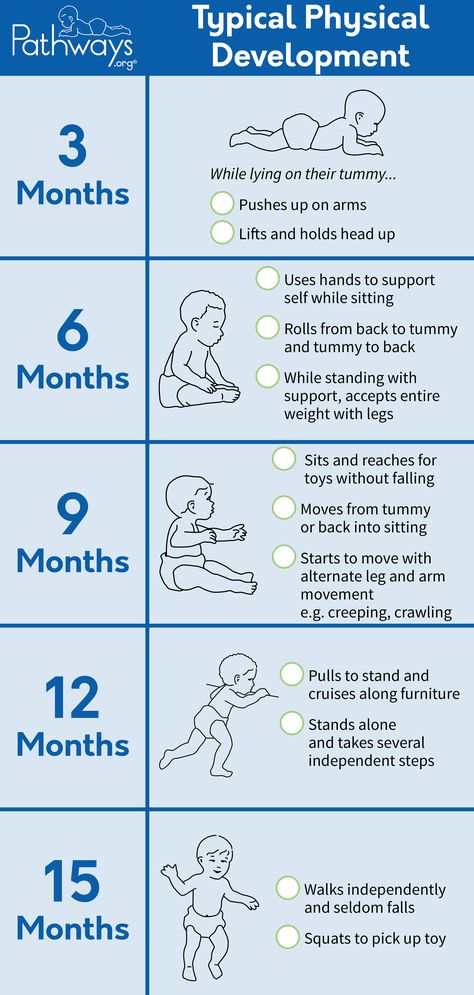 Just like adults, babies come in all shapes and sizes. If a baby’s weight is in a lower percentile, this does not necessarily signal a problem with their growth or physical development. With this in mind, using a weight chart can help a person generally track their baby’s growth.
Just like adults, babies come in all shapes and sizes. If a baby’s weight is in a lower percentile, this does not necessarily signal a problem with their growth or physical development. With this in mind, using a weight chart can help a person generally track their baby’s growth.
The Centers for Disease Control and Prevention (CDC) recommend using the World Health Organization (WHO) weight chart for babies up to 2 years of age.
This article describes the average weight of a baby month by month from birth. It also explores what can affect a baby’s weight.
According to the WHO, the average birth weight of a full-term male baby is 7 pounds (lb) 6 ounces (oz), or 3.3 kilograms (kg). The average birth weight of a full-term female is 7 lb 2 oz, or 3.2 kg.
The average weight of a baby born at 37–40 weeks ranges from 5 lb 8 oz to 8 lb 13 oz. This is 2.5 to 4 kg.
At delivery, experts consider a low birth weight to be less than 5 lb 8 oz, or 2.5 kg.
It is common for babies to lose around 10% of their weight shortly after birth.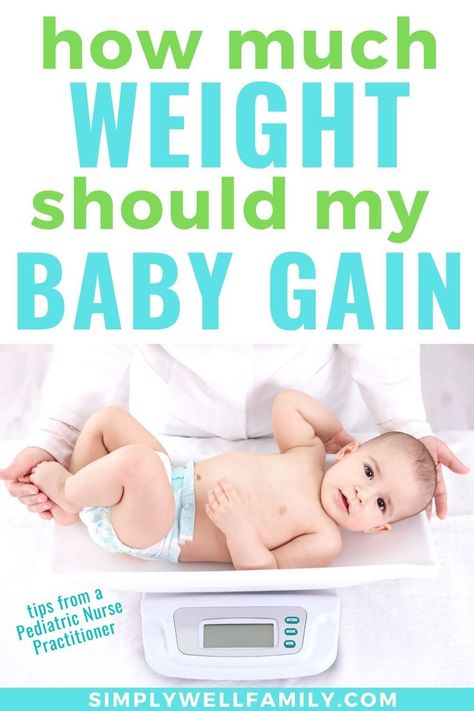 This decrease is mostly due to fluid loss and usually nothing to worry about. Most babies gain back this weight within 1 week.
This decrease is mostly due to fluid loss and usually nothing to worry about. Most babies gain back this weight within 1 week.
Weight charts can help a person tell what percentile their baby’s weight falls into. For example, if their weight is in the 60th percentile, it means that 40% of babies of the same age and sex weigh more, and 60% of these babies weigh less.
This does not necessarily mean that any baby weighs too much or too little. It can simply indicate where a baby’s weight falls on a spectrum.
The chart below shows baby weights in the 50th percentile. This is the average weight. Male babies tend to weigh a little more than female babies, so the chart is divided by sex.
| Baby age | Female 50th percentile weight | Male 50th percentile weight |
| Birth | 7 lb 2 oz (3.2 kg) | 7 lb 6 oz (3.3 kg) |
| 1 month | 9 lb 4 oz (4.2 kg) | 9 lb 14 oz (4.5 kg) |
| 2 months | 11 lb 5 oz (5.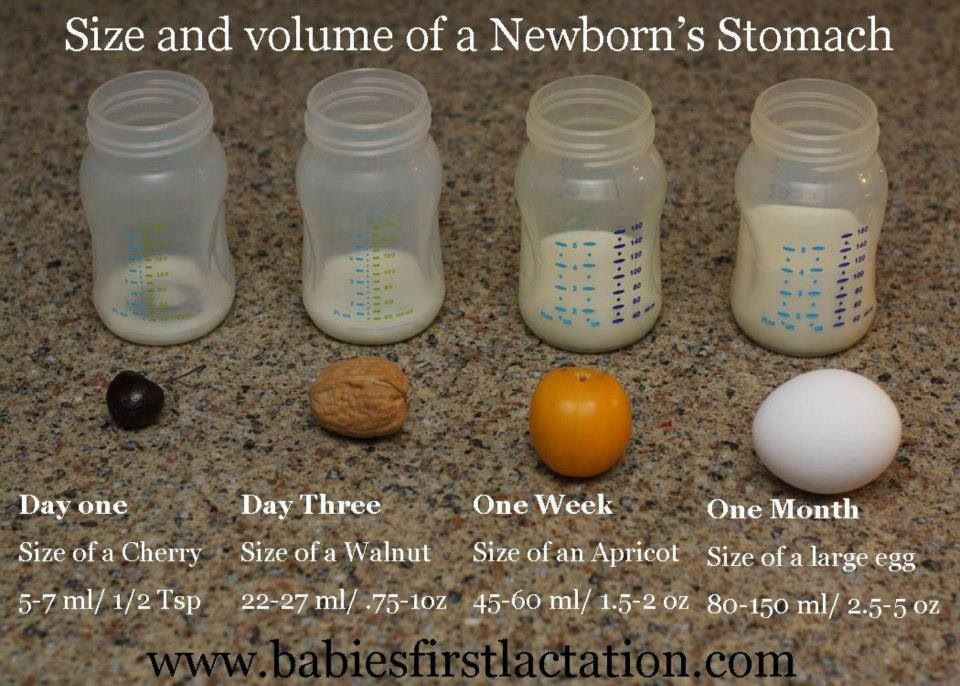 1 kg) 1 kg) | 12 lb 4 oz (5.6 kg) |
| 3 months | 12 lb 14 oz (5.8 kg) | 14 lb 1 oz (6.4 kg) |
| 4 months | 14 lb 3 oz (6.4 kg) | 15 lb 7 oz (7.0 kg) |
| 5 months | 15 lb 3 oz (6.9 kg) | 16 lb 9 oz (7.5 kg) |
| 6 months | 16 lb 1 oz (7.3 kg) | 17 lb 8 oz (7.9 kg) |
| 7 months | 16 lb 14 oz (7.6 kg) | 18 lb 5 oz (8.3 kg) |
| 8 months | 17 lb 8 oz (7.9 kg) | 18 lb 15 oz (8.6 kg) |
| 9 months | 18 lb 2 oz (8.2 kg) | 19 lb 10 oz (8.9 kg) |
| 10 months | 18 lb 11 oz (8.5 kg) | 20 lb 3 oz (9.2 kg) |
| 11 months | 19 lb 4 oz (8.7 kg) | 20 lb 12 oz (9.4 kg) |
| 12 months | 19 lb 12 oz (8.9 kg) | 21 lb 4 oz (9.6 kg) |
Babies grow and gain weight the fastest within the first 6 months of life. Although this can vary, babies tend to gain around 4–7 oz, or 113–200 grams (g), per week in the first 4–6 months.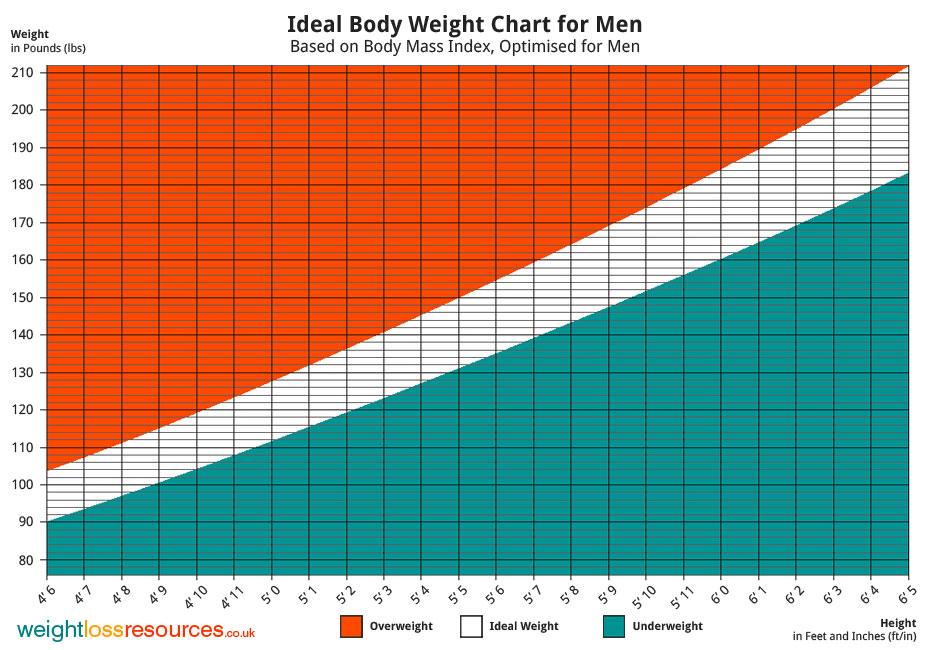
Weight gain then slows slightly, with an average gain of around 3–5 oz (about 85–140 g) per week when the baby is 6–18 months. On average, babies triple their birth weight by their first birthday.
Growth patterns do not follow a clear schedule, however.
Some babies gain weight steadily and stay in the same percentile, or close to it, for several months. Others gain weight rapidly, signalling a growth spurt, which can happen at any time. This may move a baby into a new weight percentile.
It is important not to focus on weight as the only indicator of physical development. Other measurements of this development include the baby’s length and head circumference.
Considering all three measurements gives doctors an idea about how the baby is growing, compared with other babies of the same age and sex.
Meanwhile, it is also important to keep other developmental milestones in mind. Various checklists of milestones by age are available, including one from Pathways. org, which is endorsed by organizations such as the American Academy of Pediatrics and the National Association of Pediatric Nurse Practitioners.
org, which is endorsed by organizations such as the American Academy of Pediatrics and the National Association of Pediatric Nurse Practitioners.
For anyone looking for more information about what influences the weight of a baby, several factors can be involved, including:
Sex
Male newborns tend to be bigger than female newborns, and they typically gain weight a little faster during infancy.
Nutrition
Weight gain and growth rates can also depend on whether the baby consumes breast milk or formula.
The American Academy of Pediatrics notes that breastfed babies gain weight and grow faster than formula-fed babies during the first 6 months.
However, that rate can shift during the next 6 months. Breastfed babies may gain weight and grow more slowly than formula-fed babies when they are aged 6 months to 1 year.
Medical conditions
Underlying health issues can cause a baby to gain weight more slowly. For example, babies with congenital heart irregularities may gain weight at a slower rate than babies without this condition.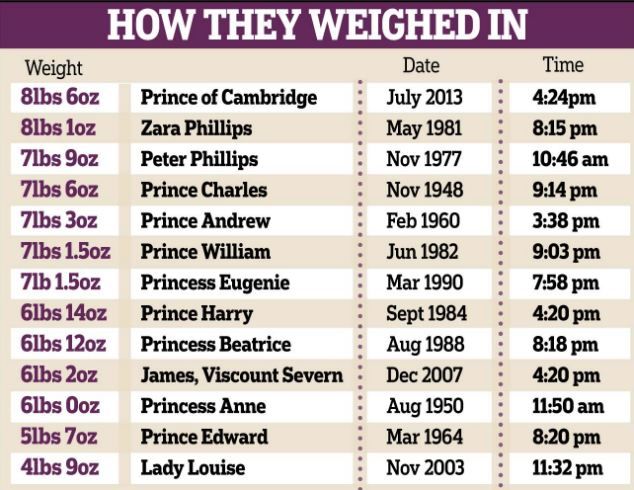
Health issues that affect nutrient absorption or digestion, such as celiac disease, may also lead to slow weight gain.
Prematurity
Babies born prematurely may grow and gain weight more slowly during their first year than babies born at full term.
However, many babies born prematurely gain weight rapidly and “catch up” by about their first birthday.
The average birth weight for full-term male babies is 7 lb 6 oz, or 3.3 kg. For female babies born full-term, the average birth weight is 7 lb 2 oz, or 3.2 kg.
Baby weight charts can help a healthcare team track a baby’s physical development by comparing the baby’s weight with the weights of others of the same age and sex.
Still, a doctor usually looks for steady growth, rather than a target percentile, when assessing a baby’s physical development. And even if a baby’s weight is in a lower percentile, they will not necessarily be a small adult — just as longer babies do not necessarily become tall adults.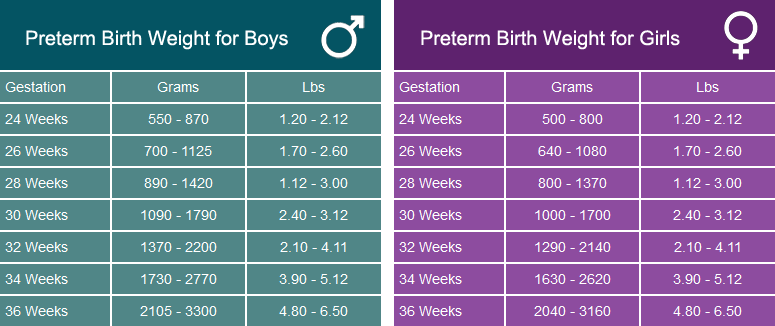
Knowing about average weights by month can help people gauge their babies’ physical development, but doctors also look for other important indicators, such as length and head circumference.
Healthcare professionals also take into account whether a baby is generally hitting other milestones on time. And by taking a detailed medical history, they can rule out any medical conditions or nutritional considerations that may be preventing a baby from gaining weight appropriately.
10th week of pregnancy what happens to the fetus
Contents
The tenth week of pregnancy is the beginning of the rapid growth of the baby. He, like a real fairy-tale child, grows by leaps and bounds. Indeed, at the beginning of the week, the growth of the crumbs was only 15-20 millimeters, and at the end - its growth will be up to 40 millimeters, and its weight is about 5 grams.
Features of the development of the baby during this period
With such growth rates, it is natural that a number of physical changes occur with the baby, namely:
- the proportions of the arms, legs and neck are clearly defined;
- the structure of the face changes;
- the child's eyes are still covered with transparent eyelids and this will continue for 5 more months;
- the nose is more clearly drawn and the outer ear is formed.
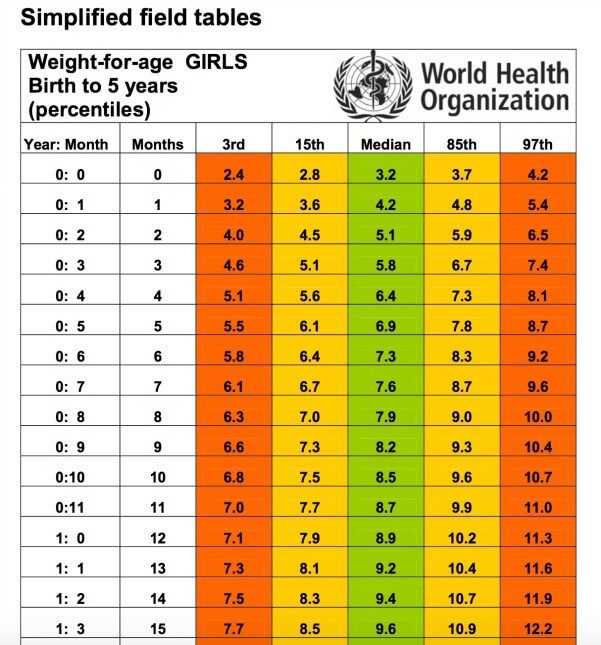
Pronounced changes occur in the organs and systems of a small organism. The nervous system continues to develop, the cerebral cortex is being formed, as well as the circulatory system.
Serious transformations are also taking place in the digestive system:
- taste buds have formed on the tongue, just a little bit more - and the baby will be able to taste everything;
- The mouth and stomach are not yet connected by the esophagus, but it is already beginning to form.
Don't worry, your little one isn't hungry, he's doing great. He receives all the substances necessary for growth and development through the umbilical cord, and it is directly connected with the placenta and saturates the small growing organism with everything necessary through the bloodstream. During this period, the reproductive system also begins to work actively. Hair follicles on the head begin to form and the rudiments of teeth continue to form. nine0003
The baby is actively moving, but it is still not noticeable to the mother.
The baby is still tiny, although it has grown significantly, and it is convenient for him to be in a large amount of amniotic fluid.
Physiological and psychological changes of the future mother
The tenth week of pregnancy is characterized by changes not only in the body of the child, but also in the body of the expectant mother, which leads to breast enlargement and changes in proportions. There comes a time when your position is slowly becoming known to everyone. It's time to say goodbye to tight clothes that no longer fit in size, and get a whole set of loose-fitting clothes so that your tummy does not squeeze, and the clothes are comfortable, do not interfere with normal blood circulation and do not impede movement. nine0003
If we talk about the psychological state, then the problems of the previous weeks do not disappear anywhere. You are still the same vulnerable, sentimental, tearful. You get tired very quickly, you can become distracted and face a headache.
But you should not think about this, because everything will pass after the birth of the long-awaited baby.
The appearance of age spots may not be too pleasant. Don't worry, they will disappear at the end of pregnancy. And now the only way out is to use sunscreen and stay in the sun not too long so as not to provoke pigmentation. nine0003
Tips for pregnant women at week 10
As one very famous character used to say: “Calm, only calm!” – after all precisely emotional instability tiring. Stress in pregnant women also comes from lack of sleep, and from the inability to eat normally with toxicosis, and from anxieties and worries. If your condition becomes protracted, you need to learn how to cope with it so as not to harm the baby. After all, it negatively affects the functioning of many body systems. nine0003
What are the best ways to deal with stress? Always remember that pregnancy is not a disease, but a condition. Move more, walk, do not forget about charging.
Of course, taking into account the peculiarities of your position.
Do not focus on your problems, fears and worries, but talk to your family, friends and relatives about everything that worries you, their moral support will allow you to defuse your emotional stress.
Do something exciting and enjoyable, find yourself in a new hobby or art. Learn new things, develop and do not be sad, because you are beautiful in your new role of motherhood. nine0003
Weight and height of a child by months up to a year - Table of weight norms for babies up to a year
A young mother often worries about whether her baby is developing correctly. And the weight of the child is one of the “sick” questions that often comes up on the playground.
Undoubtedly, how much a newborn is gaining weight is really important to know. But remember that the height and weight of the child are individual indicators. And they may not always fit into beautiful statistics.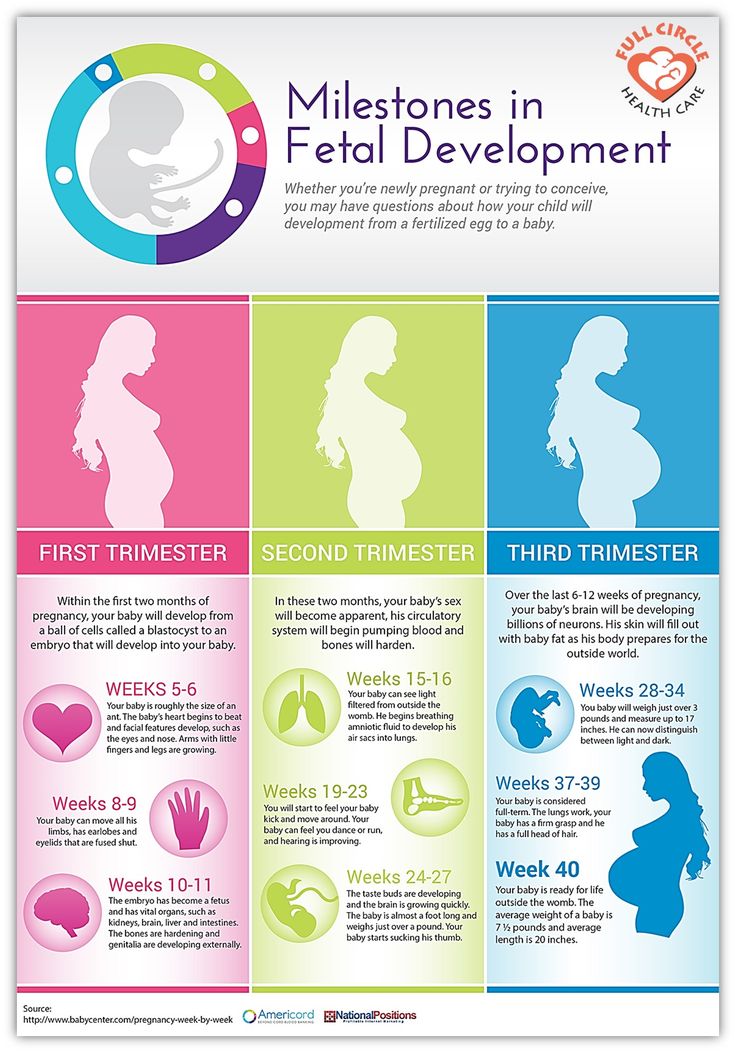 Although the approximate norm for the weight of a newborn is calculated based on general values. Doctors who carry out regular weighing of a newborn also have their own guidelines. nine0003
Although the approximate norm for the weight of a newborn is calculated based on general values. Doctors who carry out regular weighing of a newborn also have their own guidelines. nine0003
The table below shows the height and weight of the newborn by month. The figures take into account statistical data and recommendations of pediatricians (the discrepancy, by the way, is only 3%).
| Child's age, months | Boy, weight, g | Boy, height, cm | Girl, weight, g | Girl, height, cm nine0070 |
|---|---|---|---|---|
| Newborn | 3 600 | 50 | 3400 | 49.5 |
| 1 month | 4 450 | 54.5 | 4 150 | 53.5 |
| 2 month nine0084 | 5 250 | 58 | 4 900 | 56.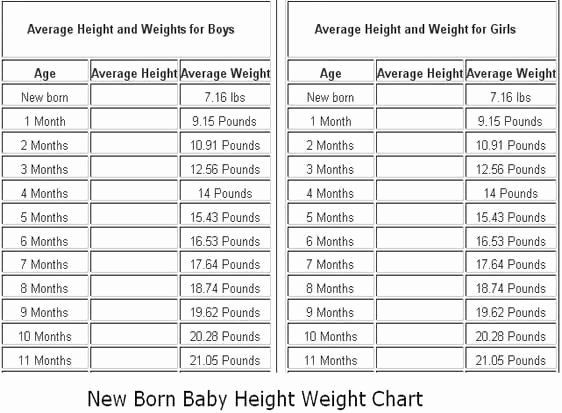 8 8 |
| 3 month | 6050 | 61 | 5 500 | 59.3 |
| 4 month | 6 700 | 63 | 6 150 | 61.5 |
| 5 month | 7 300 | 65 | 6 650 | 63.4 |
| 6 month | 7 900 | 67 | 7 200 nine0084 | 65.3 |
| 7 month | 8 400 | 68.7 | 7 700 | 66.9 |
| 8 month | 8 850 | 70.3 | 8 100 | 68.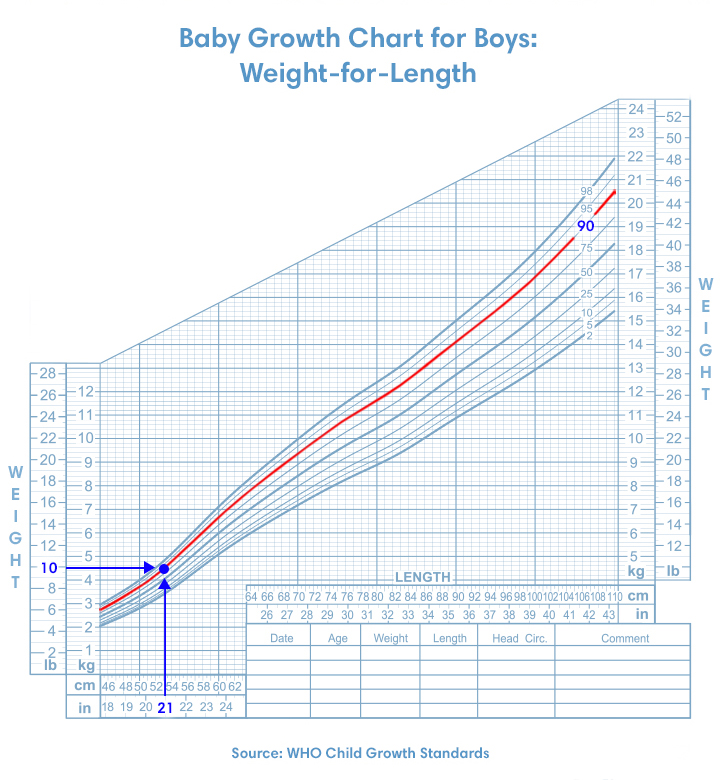 4 4 |
| 9 month | 9 250 | 71.7 | 8 500 | 70 |
| 10 month | 9 650 | 73 | 8 850 | 71.3 |
| 11 month | 10,000 | 74.3 | 9 200 | 72.6 |
| 12 month | 10 300 | 75.5 | 9 500 | 73.8 |
To use the table, you should know how to weigh a newborn correctly. Before turning on the scales, you need to remove all foreign objects from the bowl, otherwise you will get distorted data. Although you can leave a diaper on it and then press the "Tara" button to reset the result.


